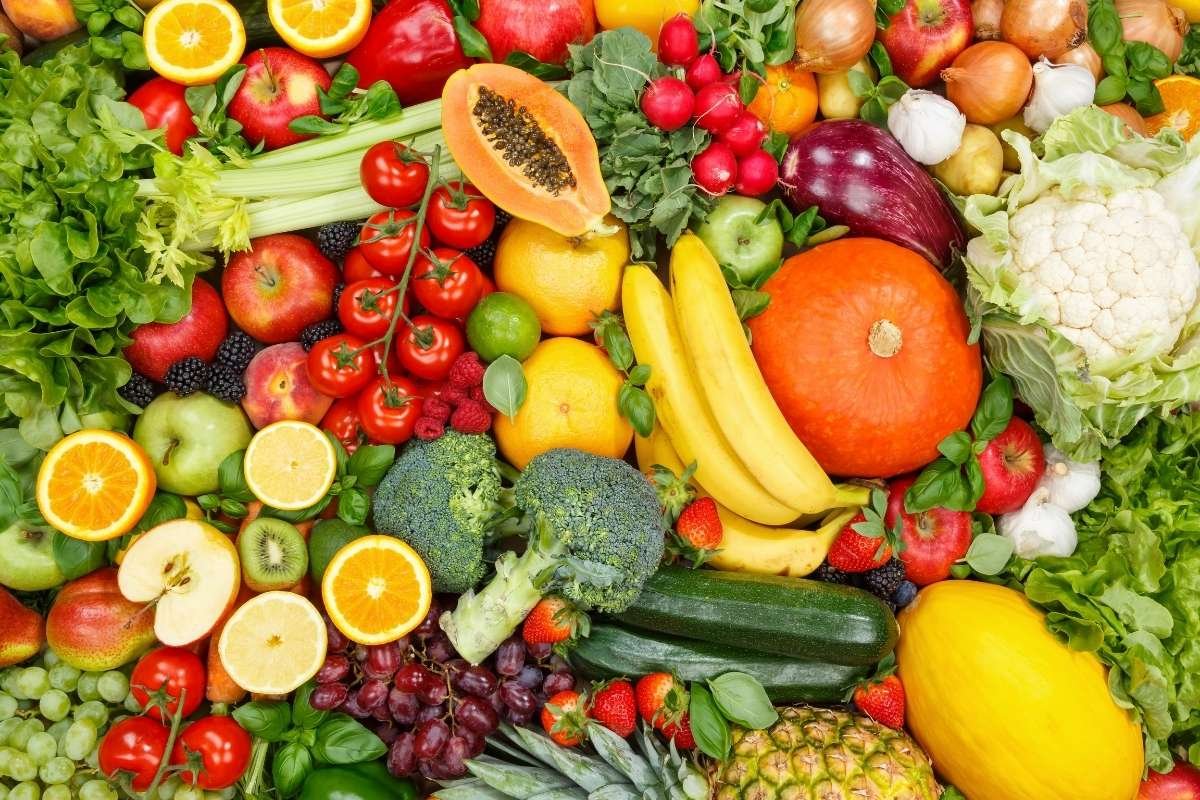Grocery shopping these days is turning out to be more conscious than ever. People today tend to reach out for the healthy section and the greens and fruits more than any piece of junk food. But did you know even the most educated customers can get stumped by advertising gimmicks? What do you do in such cases?
You go to the back of the packet to read the label. The food label is a mandatory label on any food packet and it has certain rules and regulations to write it. Accurately reading the food label will help you make your cart even healthier. Here is your ultimate guide to nutrition labels for a healthy diet.
Understanding Serving Size
The serving size is the first thing to look at on a nutrition label. It tells you how much of the food is considered a serving, and all of the information on the label is based on that serving size. It’s important to pay attention to the serving size because it can be misleading – a small package of food may have multiple servings, and eating the entire package would mean consuming more calories, fat, and other nutrients than listed on the label.
Pay attention to the serving size and use it to determine how much of the food you should eat to stay within your recommended daily intake of calories, nutrients, and other components.
Understanding Calories
Calories are a measure of the energy content in food. They are the amount of energy that your body gets from the food you eat. The number of calories in a serving of food is listed on the nutrition label for a healthy diet.

The number of calories you need per day depends on your age, gender, height, weight, and activity level. To maintain a healthy weight, you should aim to consume the appropriate number of calories for your body’s needs. Eating too many calories can lead to weight gain, while consuming too few calories can lead to weight loss.
Understanding Macronutrients
Macronutrients are the nutrients that provide calories in food: carbohydrates, proteins, and fats. These are the nutrients that your body needs in larger amounts to function properly.
1. Carbohydrates
Carbohydrates provide energy to your body and are an important part of a healthy diet. However, not all carbohydrates are created equal – some are healthier than others. The nutrition label will list the total amount of carbohydrates in a serving, as well as the amount of dietary fiber and sugars.
Dietary fiber is important for digestive health and can help you feel fuller for longer. Aim for foods that are high in dietary fiber, such as fruits, vegetables, whole grains, and legumes.
Sugars can be added to food during processing, or they can occur naturally in foods such as fruit and milk. Added sugars can contribute to weight gain and other health problems, so it’s important to limit your intake. Look for foods that are low in added sugars and high in dietary fiber.
2. Protein
Protein is important for building and repairing tissues in your body, including muscle tissue. The nutrition labels for a healthy diet will list the amount of protein in a serving. Aim for foods that are high in protein, such as lean meats, fish, eggs, and legumes.
3. Fats
Fats are important for providing energy to your body and are essential for certain bodily functions, such as absorbing certain vitamins. However, not all fats are created equal – some are healthier than others. The nutrition label will list the total amount of fat in a serving, as well as the amount of saturated and trans fats.

Saturated fats can raise your cholesterol levels and increase your risk of heart disease. Aim to limit your intake of saturated fats by choosing foods that are low in saturated fat, such as lean meats, low-fat dairy products, and plant-based proteins.
Trans fats are even more harmful than saturated fats and should be avoided altogether. Look for foods that are labeled as “trans-fat-free” or “0 grams trans fat.”
Understanding Micronutrients
Micronutrients are the vitamins and minerals that your body needs in smaller amounts. They are essential for maintaining good health and preventing chronic diseases.
1. Vitamins
The Nutrition Labels for a healthy diet will list the percentage of the daily value (DV) of various vitamins in a serving. The DV is based on the recommended daily intake of vitamins for an average adult, so it’s important to pay attention to the percentage listed on the label. If a food contains 20% or more of the DV for a particular vitamin, it is considered to be a good source of that vitamin.
2. Minerals
The nutrition label will also list the percentage of the daily value of various minerals in a serving. Like vitamins, the DV for minerals is based on the recommended daily intake for an average adult. If a food contains 20% or more of the DV for a particular mineral, it is considered to be a good source of that mineral.
Other Components to Consider
In addition to the macronutrients and micronutrients listed on the label, there are other components to consider when evaluating the nutritional value of a food.
1. Sodium
Sodium is an important mineral that helps regulate fluid balance in your body. However, consuming too much sodium can increase your risk of high blood pressure and other health problems. The nutrition label will list the amount of sodium in a serving, as well as the percentage of the DV.
Aim to limit your intake of sodium by choosing foods that are low in sodium or by reducing the amount of salt you add to your food.
2. Cholesterol
Cholesterol is a type of fat that can build up in your arteries and increase your risk of heart disease. The nutrition label will list the amount of cholesterol in a serving, as well as the percentage of the DV.
Aim to limit your intake of cholesterol by choosing foods that are low in cholesterol, such as lean meats, fish, and plant-based proteins.
Tips for Reading Nutrition Labels for a healthy diet
Now that you understand the different components of Nutrition Labels for a healthy diet, here are some tips for reading them effectively:
- Start with the serving size.
- Make sure you know how much of the food is considered a serving and use it to determine how much you should eat.
- Look at the calories.
- Make sure you’re aware of how many calories you’re consuming, and aim to stay within your daily calorie needs.
- Check the macronutrients.
- Look at the total amount of carbohydrates, protein, and fat in a serving, as well as the amount of dietary fiber and sugars.
- Pay attention to the micronutrients.
- Look for foods that are high in vitamins and minerals, and aim to get a variety of these nutrients in your diet.
- Watch out for sodium and cholesterol.
- Limit your intake of these components by choosing foods that are low in sodium and cholesterol.
- Be aware of serving sizes.
- Don’t be fooled by the serving size – make sure you’re aware of how many servings you’re actually consuming.
- Compare similar products.
- If you’re trying to choose between two similar products, compare their Nutrition Labels for a healthy diet to see which one is the healthier option.

BOTTOM LINE
Nutrition labels can be an important tool for making informed decisions about the food we eat. By understanding the different components of nutrition labels and following these tips for reading them effectively, you can make sure you’re getting the nutrients your body needs while also limiting your intake of harmful components. Remember to aim for a balanced diet that includes a variety of fruits, vegetables, whole grains, lean proteins, and healthy fats.







